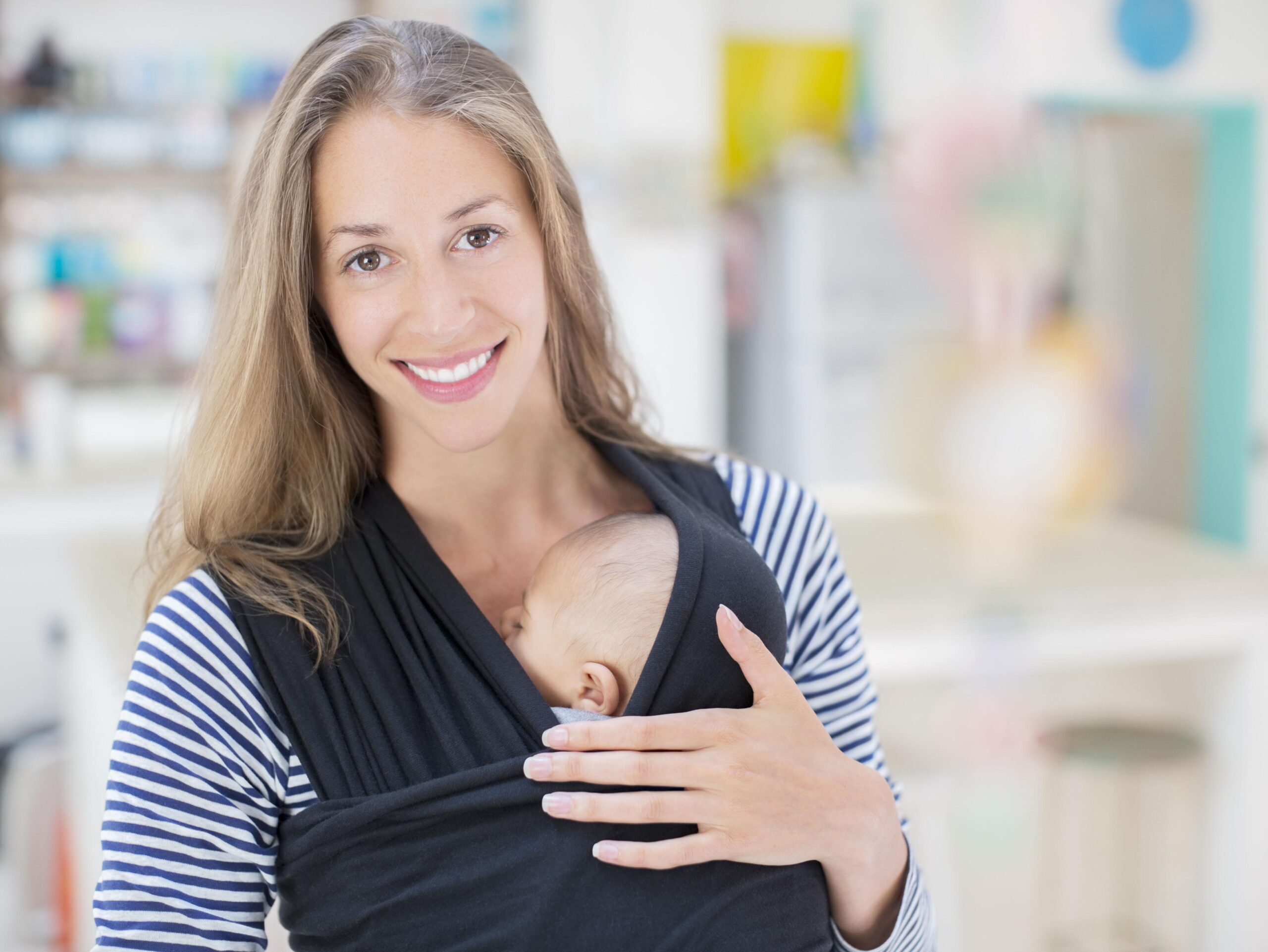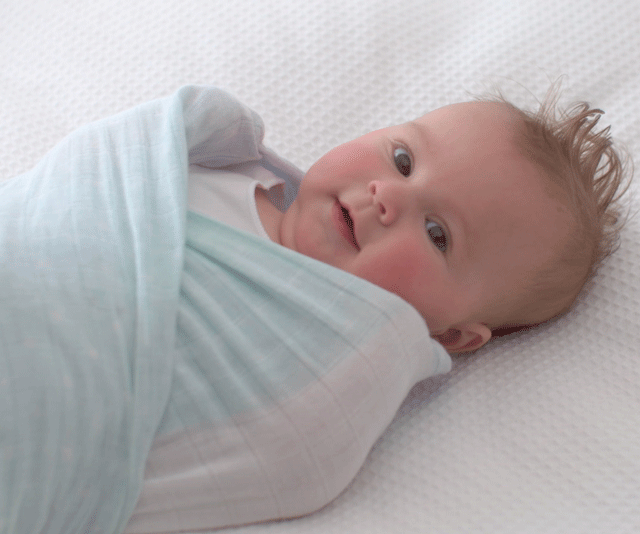When your baby moves from the womb to the outside world, she’s faced with many changes. It’s noisy and bright, the temperature fluctuates and she’s probably missing that reassuring, regular rhythm of your heartbeat.
Many mums believe one of the kindest ways to ease babies into their new environment is by ‘babywearing’, the practice of strapping their baby close to their body in a fabric sling or carrier.
Studies show being carried in this way helps babies regulate their temperature, heart rate and breathing, as well as build close bonds.
Babywearing is growing in popularity and has many supporters, including the Australian Breastfeeding Association (ABA), but safety warnings have been issued by different authorities over the use of slings, which are the frameless fabric type of carriers tied or attached to the carer’s body.
The TICKS Checklist
It is important to remember a few key safety points when baby wearing and the TICKS guidelines are the best way to ensure safe babywearing.
TICKS ensure optimal positioning for your baby, supporting baby’s back is not only safest for baby, but it also encourages healthy spine development and healthy hip development is aided by positioning baby’s legs in a ‘M’ shape, with their knees above their bottom but not above their navel. A baby’s legs should not ‘dangle’ in a carrier.
Of course, optimal positioning is the ideal but it is something that takes a bit of practice to obtain, that’s okay. With the TICKS guidelines, and common sense, both caregiver and baby can stay safe.
Remember and follow the TICKS rules:
T— tight: Slings should be tight enough to hug your baby close to you
I— in view at all times: You should always be able to see your baby’s face by simply glancing down
C— close enough to kiss: By tipping your head forward you should be able to kiss your baby on the head
K— keep chin off the chest: A baby should never be curled so that their chin is forced onto their chest as this can restrict their breathing
S— supported back: The baby’s back should be supported in a natural position so their tummy and chest are against you
Take care
Babies can be in difficulty without making a noise or movement. Take the baby out of the sling or pouch immediately if you observe these signs:
Face covered or chin tucked in
Head turned to the side
Curled into a ‘C’ position
Grunting, wheezing, whistling breaths
Laboured or rapid breathing
A dusky or ‘blue’ tinge on the baby’s skin
Fussiness’, restlessness or squirming.


